It’s a beautiful winter day. You’re out in the country and away from the hustle and bustle of the city. You’re stomping your way to, well, anywhere. As you’re climbing a low hill, your moving foot catches the tail of your snowshoe that’s planted, and down you go. You feel a tearing pain in your knee. Lying on the ground, you begin to feel your knee swelling like a balloon, and then the agony starts. Knee pain and injuries like these are not uncommon when snowshoeing.
Falling to one side or sliding downhill while wearing snowshoes can lead to a knee injury because of the torsional forces applied to the joint. Trying to move backward while wearing snowshoes isn’t a good idea either because the tail can get caught in the snow. Hopefully, the only indignity you’ll suffer is landing on your butt. Also, stepping on the backside of the planted foot with the shoe on the moving foot can result in you landing facedown in the snow and your knee moving in ways not intended.
This article will cover some of the basics of knee care and injury prevention to prevent injuries such as these.
Some of the links in this article may contain affiliate links. When you purchase using these links, part of the proceeds go to Snowshoe Mag. Additionally, as Amazon Associates, we earn from qualifying purchases. Please see our disclosure for more details.
Knee Injuries and Anatomy
Knee injuries fall into three broad categories: sprains, strains, and meniscal tears. Sprains are injuries to ligaments (which attach bone to bone), while strains are injuries to tendons (which attach muscle to bone). In addition, you have two menisci in each knee, which we’ll discuss later.
The knee is considered a “hinge joint,” which means that your knee can only move in two directions. Thus, your knee does not usually move to the left or right unless you’ve sustained a severe ligament injury. The knee may seem like a simple hinge joint, but it is highly complex.
The knee consists of four bones: the two lower leg bones (the tibia and the fibula), the upper leg bone (called the femur), and the kneecap (patella). Ligaments stabilize the knee. The medial collateral ligament (MCL) is the ligament on the inner side of the knee. The lateral collateral ligament (LCL) is on the outer side of the knee. These ligaments provide left and right stability. Similarly, you have two ligaments inside your knee – the anterior and posterior cruciate ligaments, abbreviated ACL and PCL, which cross from front to rear in an x-fashion. These ligaments provide forward and backward stability.
To complicate things even more, the knee contains cartilage (the same stuff your ears are made of). There are two pieces of cartilage in each knee; each is called a meniscus. The cartilage provides a cushion that prevents the tibia from banging into the femur. Additionally, there is cartilage lining the back of the patella.
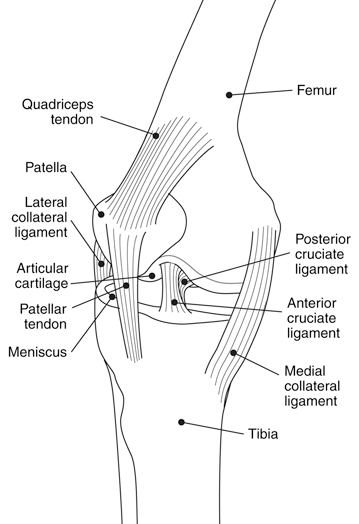
The knee is a complicated mechanism, which can make it susceptible to injury. Photo: National Institute of Arthritis and Musculoskeletal and Skin Diseases
Mechanism of Injury
When one falls while snowshoeing, the knee undergoes a tremendous torsional (twisting) force because the body moves while the foot is planted in one spot. When this occurs, some of the following injuries are common:
- Sprains, which are tears in ligaments. These injuries are graded from I to III
- I: a mild stretching of the ligament with overly stretched fibers
- II: a partial tear in a ligament
- III: a complete rupture of the ligament
- Meniscal tears, which can range from mild to severe
- Fractures
If you experience general knee pain when snowshoeing as opposed to a specific injury, you may need to adjust your walking stance. For example, make sure your feet aren’t too far apart (or your snowshoes are too large). Ideally, your gait snowshoes should feel similar to your normal walk without the snowshoes.
Read More: How to Prevent Ankle Pain When Snowshoeing
The Aftermath of a Fall
After a fall, the first thing to do is lie there for a minute and assess your situation. After making sure the rest of your joints are operating correctly, focus on the injured knee.
A Grade I ligament tear will be painful, but you shouldn’t have much swelling. A Grade II tear will result in some swelling and throbbing, while a Grade III tear will involve a significant amount of swelling and pain.
Since you’ve got two knees, it’s a good idea to compare your injured knee with the uninjured knee. In general, if the two knees look the same and you can move the injured knee without too much pain, you may be able to stand and walk a short distance; however, don’t try to “suck it up and drive on” because you’ll just be causing further damage.
As with any injury, it’s best if you flag someone down and have them report your injury to authorities trained to manage these types of injuries. Reporting an injury is another reason to always take a snowshoeing buddy with you.
Read More: 5 Common Misconceptions About Treating Sprained Ankles
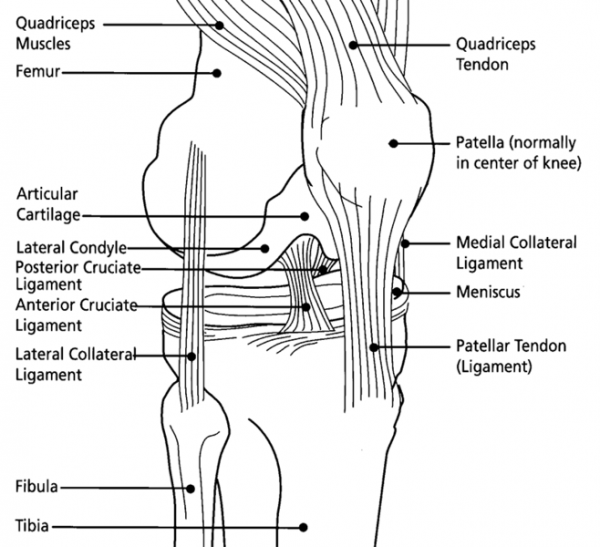
Injuries may include a Grade I, Grade II, or Grade III tear. No matter the damage, though, the first step is to assess your situation. Photo: Wikimedia Commons
Aftermath of Knee Injuries
If you’ve fractured a bone in your knee or leg, you’ll know it; the pain and swelling will preclude walking. If you’ve sustained a fracture, you will need the assistance of trained medical personnel to stabilize your leg and evacuate you so you’ll get proper medical care.
A tear of a meniscus can range from being barely noticeable to incapacitating. For example, if your knee doesn’t hurt too badly but seems “locked” (meaning that you can’t bend it), you may have possibly torn a meniscus, and a piece of it is stuck and is interfering with your knee movement.
Similarly, damage to the ACL or PCL can range from minor to severe. If either the ACL or PCL is ruptured, you will probably need surgery to repair the damage. After such surgery, your orthopedic surgeon may tell you that your snowshoeing days are over and that you should take up something less damaging, such as embroidery.
Sometimes, a fall can result in a dislocated patella. The patella is the anchoring point for your quadriceps, so if your patella doesn’t “track” or slide well in its grove, the mechanical stability of your whole leg can be compromised. Generally, physical therapy can resolve a patella problem that isn’t tracking correctly.
Read More: Snowshoeing with a Knee Injury
If You Don’t Have Access to Medical Care
Avoid walking if at all possible if you sustain a knee injury and have pain while snowshoeing. If medical help isn’t going to be available, have your buddy splint your whole leg and build a travois to haul your carcass back to civilization. Splint your knee with tree branches, rolled newspapers, or whatever you’ve got.
NEVER try to straighten an injured, bent knee because you can turn a minor problem into something catastrophic. Do not move your knee; if you have a torn meniscus or even a tiny chip fracture and you move your knee, it can wreak havoc with the inside mechanics of your knee.
Preventing Knee Pain and Injuries While Snowshoeing
How can one prevent knee injuries? The best thing you can do is strengthen your legs with exercise. Exercise keeps the leg muscles strong and toned and keeps your ligaments supple, which can minimize the chance of injury. Furthermore, as you age, your ligaments become less limber, so exercise becomes even more critical as you get older.
Keeping in shape, using the proper equipment, and keeping common sense foremost can minimize injury and maximize some healthy fun.
Exercises to Strengthen the Knees
Several exercises you can do to strengthen your knees are as follows:
1. High step-up: Place one foot on the floor and the other on a bench about 16” high. Lift yourself to full standing, then lower yourself to the floor. Repeat 15 times, then repeat with the other leg 4
2. Lunges: Step out with one leg and bend the other to 90 degrees. Step out with the bent leg and bend the other. Walk 15 steps with each leg4
3. Spinal Twist: Place your feet in a comfortable stance. Hold your arms out parallel to the floor and swing one arm forward and the other to the rear. Hold for one minute and repeat with the other arm. Repeat three times5
4. Wall Sits: First, place your back against the wall. Next, slide down until your knees are bent 90 degrees and hold for one minute. Then, repeat five times.
By taking preventive measures and exhibiting proper care after a knee injury or with knee pain, you can increase the likelihood of fun and pain-free snowshoeing outings in the future.
Do you suffer from knee pain, or have you incurred a knee injury while snowshoeing? What has your experience been? Please share your thoughts in the comments below.
This article was originally published on November 21, 2011. It was most recently updated on October 19, 2023.
Read Next:
7 Exercises You Can Do to Support Your Snowshoeing
Chiropractor-Approved Injury Prevention Tips for Snowshoeing
References
1. Wikipedia. Snowshoe. Available at http://en.wikipedia.org/wiki/Snowshoe. Accessed October 30, 2011
2. Harrington K. History of the Snowshoe – Fact Sheet. Available online at http://www.anchorage.net/1283.cfm. Accessed October 30, 2011
3. MedicineNet.com. Muscle Sprains and Strains. Available online at http://www.medicinenet.com/sprained_ankle/article.htm. Accessed October 31, 2011
4. Dick T. Functional Exercises for Enhancing Snowshoe Performance. NSCA’s Performance Training Journal. Available online at http://www.nsca-lift.org/Perform/articles/03014.pdf. Accessed October 31, 2011
5. Lawson J. Fitness Tips to Help Fine-Tune a Snowshoer’s Body. Available online at https://www.snowshoemag.com/wp-content/blogs.dir/5/files/fitnesstips.pdf. Accessed November 1, 2011

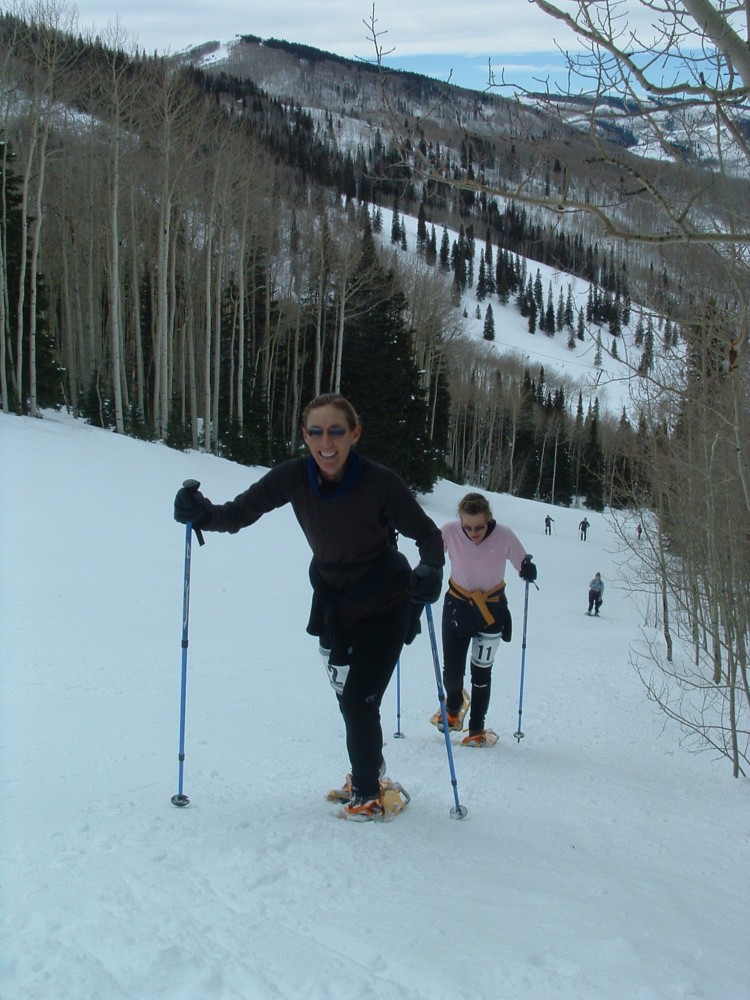
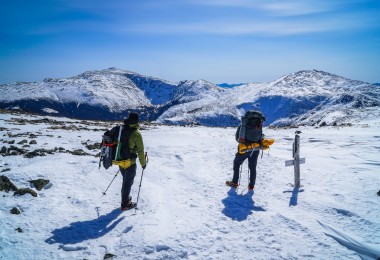
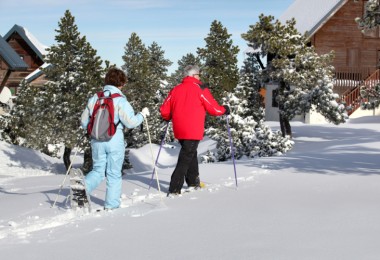
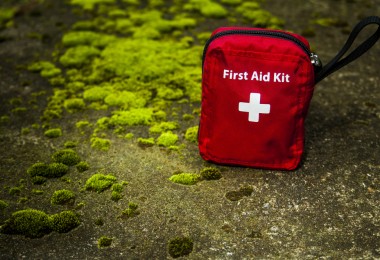
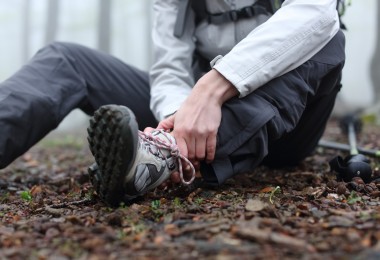

Leave a Comment